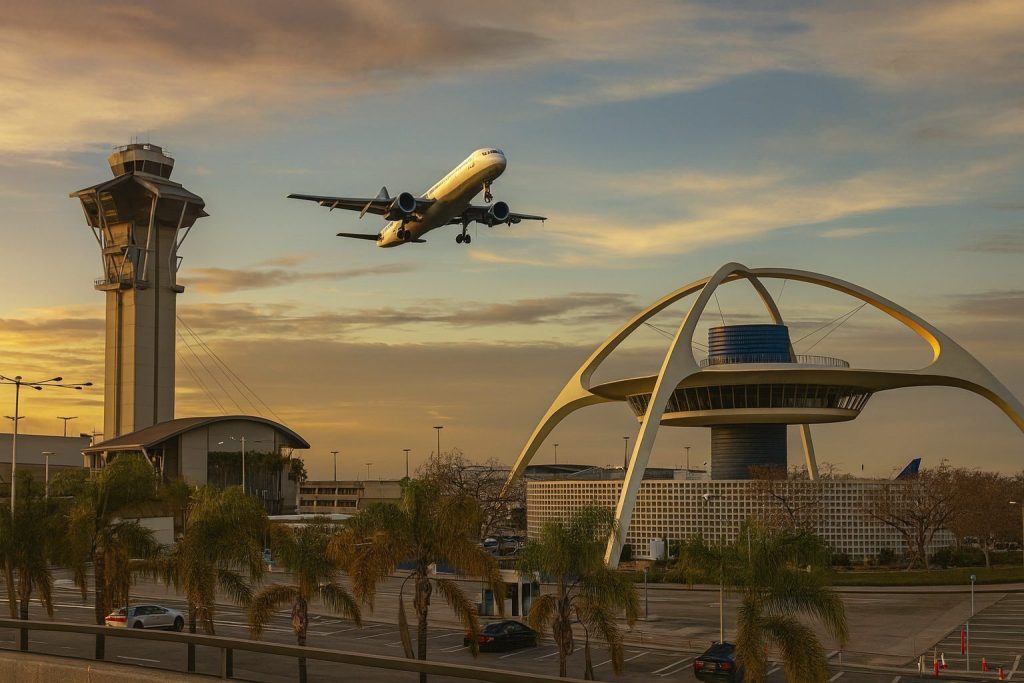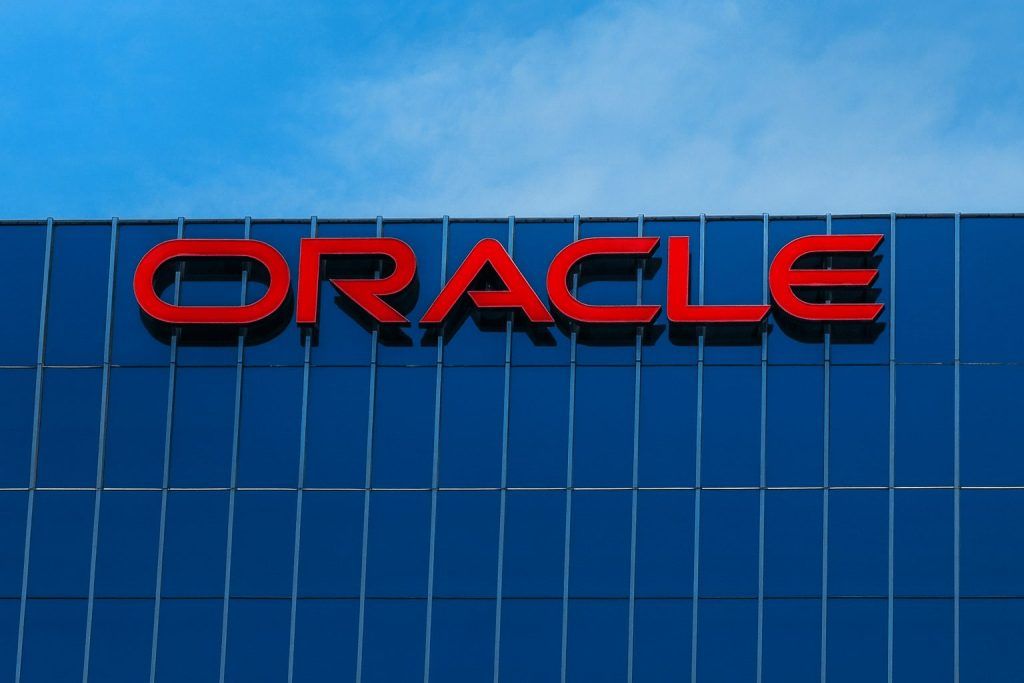On Sunday, November 23, 2025, SpaceX finds itself in a familiar position: celebrating another successful Starlink launch and a major new airline partnership, while simultaneously dealing with questions about the future of its next‑generation Starship rocket after a high‑profile booster failure in Texas. [1]
Below is a full roundup of the biggest SpaceX and Starlink stories making news today.
Starlink 11‑30: Overnight Falcon 9 launch from California
Launch details: 28 satellites to low Earth orbit
In the early hours of Sunday morning, a SpaceX Falcon 9 rocket lifted off from Space Launch Complex 4E (SLC‑4E) at Vandenberg Space Force Base in California, carrying 28 Starlink broadband satellites. Liftoff occurred at 12:48 a.m. Pacific time (08:48 UTC). [2]
The rocket followed a south‑easterly trajectory down the California coast, targeting an orbit inclined 53 degrees to the equator—one of the standard inclinations for Starlink’s “second‑generation” constellation. [3]
Today’s mission is cataloged as Starlink Group 11‑30, continuing SpaceX’s relentless cadence of launches aimed at densifying coverage and improving service quality for users around the world. [4]
New booster B1100 debuts and lands on droneship
The launch marked the first flight of Falcon 9 first stage B1100, described by Spaceflight Now as the eighth brand‑new Falcon 9 booster to join SpaceX’s fleet in 2025. [5]
Around eight and a half minutes after liftoff, B1100 successfully touched down on the droneship “Of Course I Still Love You” stationed in the Pacific Ocean, completing another textbook booster recovery. [6]
Launch‑tracking site NextSpaceflight notes some eye‑catching statistics attached to this mission: [7]
- This was the 569th Falcon 9 mission overall.
- It was logged as Falcon 9’s 151st mission of 2025 and SpaceX’s 156th orbital mission of the year.
- The droneship landing represented the 556th Falcon recovery attempt, with 541 successful recoveries, contributing to a streak of more than 120 consecutive successful booster recoveries.
For investors and industry watchers, those numbers are a concrete demonstration of just how fully routine Falcon 9 has become in the orbital launch market.
28 Starlink v2‑mini satellites join the megaconstellation
Today’s payload consisted of 28 “v2‑mini” Starlink satellites, which are smaller than the full‑size Gen2 satellites but incorporate many of the same next‑generation features, including more powerful antennas and improved laser inter‑satellite links. [8]
According to tracking platform KeepTrack, as of its latest update today, the Starlink constellation now includes over 10,000 satellites launched, with more than 9,000 currently on orbit and just over 9,000 listed as operational. [9] With every new batch like Group 11‑30, those totals creep higher, making the network increasingly resilient to single‑satellite failures and orbital congestion.
Spaceflight Now adds that today’s mission is the 110th Starlink delivery flight of 2025, underlining how much of SpaceX’s manifest is now dedicated to building out its own broadband infrastructure rather than purely launching payloads for external customers. [10]
What today’s Starlink launch means for users and the broadband race
Starlink has passed 8 million customers
SpaceX isn’t just launching satellites for the fun of it. Earlier this month, the company confirmed that Starlink has surpassed 8 million active customers worldwide, up from roughly 6 million in June 2025. [11]
Independent analyses suggest that this makes Starlink one of the largest fixed‑broadband providers in the United States, and a major player globally, despite still being relatively young compared with traditional telecom incumbents. [12]
Today’s launch helps to:
- Increase capacity in congested regions by adding more beams and bandwidth overhead.
- Improve performance at higher latitudes by tightening satellite spacing.
- Provide redundancy against failures as the network scales into the tens of thousands of satellites.
Emirates’ first Starlink‑equipped Boeing 777 enters service today
One of the most visible signs of Starlink’s growth story is happening not in orbit, but in the cabin.
Emirates, the Dubai‑based mega‑carrier, is debuting its first Starlink‑connected Boeing 777‑300 on revenue flights today, November 23, 2025, offering free in‑flight Wi‑Fi for all passengers powered by SpaceX’s network. [13]
Here’s what’s happening:
- Emirates previously announced a deal to fit 232 aircraft (777s and A380s) with Starlink hardware, with the full rollout targeted by mid‑2027. [14]
- Each 777 will carry two Starlink antennas, while A380s will have three, a configuration designed to maximize bandwidth and maintain connectivity even when one antenna is blocked by the fuselage or banking maneuvers. [15]
- Passengers on the Starlink‑equipped flights will get one‑click access without paywalls or loyalty log‑ins, and bandwidth is being advertised as good enough for HD streaming, video calls, online gaming and social media — tasks that have historically been painful on legacy satellite Wi‑Fi. [16]
Today’s first Starlink‑enabled Emirates flight is being widely reported as a milestone for in‑flight connectivity, positioning the airline to operate what it calls the world’s largest Starlink‑enabled widebody fleet over the next few years. [17]
More airlines quietly sign on
Emirates isn’t alone. In the last week or so:
- Flydubai has confirmed plans to roll out Starlink across its Boeing 737 fleet for in‑flight entertainment and connectivity. [18]
- Other carriers like Qatar Airways and British Airways have already announced Starlink deployments or trials, turning airborne Wi‑Fi into one of Starlink’s fastest‑growing verticals. [19]
Taken together with today’s launch, this shows how SpaceX is using Falcon 9 not only to sell launches, but to continually upgrade the backbone of a vertically integrated connectivity business that spans homes, aircraft and — increasingly — smartphones.
Direct‑to‑cell and telecom deals keep piling up
Beyond aviation, Starlink is also pushing hard into direct‑to‑cell connectivity, where ordinary phones connect directly to satellites without specialized hardware.
Earlier this month, Starlink announced its largest direct‑to‑cell partnership to date with telecom group Veon, which operates across markets including Ukraine and Kazakhstan. The deal could ultimately reach over 150 million potential customers, according to Reuters. [20]
The new partnership is non‑exclusive, which means Veon is also free to explore rival providers like Amazon’s Project Kuiper or Eutelsat OneWeb. But today’s Starlink launch adds more satellites that can support this kind of traffic, further entrenching SpaceX’s first‑mover advantage in the satellite‑to‑phone race.
Starship V3 booster failure continues to overshadow SpaceX’s deep‑space ambitions
While Falcon 9 and Starlink are having a good day, the other half of SpaceX’s business—the Starship deep‑space system—is facing intense scrutiny.
What happened to the Starship V3 booster?
In the early morning hours of Friday, November 21, SpaceX was conducting a “gas system pressure test” on a newly built Super Heavy booster at its Starbase facility in South Texas. This vehicle is widely described as the first of the “Version 3” (V3) Starship boosters, also known as Booster 18, featuring upgraded tanks and plumbing intended to support more demanding missions for NASA’s Artemis lunar program. [21]
Here’s what multiple outlets report: [22]
- Around 4:00 a.m. local time, live video streams from Starbase showed the towering stainless‑steel booster suddenly buckling near its lower section.
- A large cloud of gas vented from the sides, indicating that part of the booster’s structure had been blown open.
- High‑resolution photos taken after the event reveal that an entire segment of the lower liquid oxygen tank was effectively torn out, though the 20‑story‑tall booster remained standing on the pad.
- Importantly, the booster had no Raptor engines installed and was not loaded with its usual cryogenic propellant; the test involved pressurizing gas systems rather than firing engines.
SpaceX later acknowledged what it called an “anomaly during gas system pressure testing”, stressed that no injuries occurred, and noted that the failure took place before structural proof testing could begin. [23]
Why this matters for NASA and Artemis
According to Reuters and other specialist outlets, this particular booster was expected to play a central role in SpaceX’s plans to demonstrate a more capable Starship configuration that would support NASA’s Artemis lunar lander missions later this decade. [24]
- The V3 series is intended to offer improved performance, propellant management and reusability compared with earlier Starship variants that have flown since 2023. [25]
- The failed test could delay the first V3 launch, previously targeted for early 2026, while SpaceX investigates the root cause and rebuilds hardware. [26]
NASA has already signaled concern over Starship’s schedule. In October, the agency opened SpaceX’s Human Landing System contract to competing bids, citing Starship delays and seeking a backup option for the Artemis III lunar landing mission. [27]
KeepTrack’s “Space Brief 23 Nov 2025” and today’s broader media coverage both frame the V3 booster damage as a “notable setback” that could ripple into Artemis planning and intensify competition from Blue Origin and other would‑be lunar transport providers. [28]
How big a setback is it, really?
It’s important to keep the context in mind:
- Starship is still a developmental test program, and SpaceX has long embraced aggressive, sometimes explosive testing as a way to iterate quickly.
- Several earlier Starship tests have ended in dramatic failures on the pad or in flight—yet the program has also achieved increasingly successful orbital‑class flights, including a test in May 2025 that reached space before losing control. [29]
- The damaged V3 booster had not flown and was in a relatively early phase of ground qualification.
That said, this incident leaves SpaceX without a flight‑ready Block 3 (V3) booster and forces the company to rebuild from scratch before it can demonstrate the upgraded design. NASA, regulators and competitors are all watching closely to see whether this translates into months of schedule slip—or just another bump in SpaceX’s characteristically rocky road to operational Starship flights. [30]
What’s next for SpaceX after today?
More Falcon 9 launches on the calendar
Today’s Starlink 11‑30 mission is just one entry in a packed late‑November schedule for SpaceX:
- Transporter‑15 rideshare mission (Falcon 9, Vandenberg) – Launch‑tracking sites and local media list a November 26, 2025 target for a dedicated smallsat rideshare launch from Vandenberg. The mission is expected to carry dozens of CubeSats and microsatellites into sun‑synchronous orbit using a heavily flown Falcon 9 booster. [31]
- Another Starlink mission from Vandenberg around November 30 is also penciled in, continuing the drumbeat of constellation deployments from the U.S. West Coast. [32]
As always, these dates remain subject to change due to weather, range availability or technical adjustments.
Starship: investigation first, then rebuild
For Starship, the roadmap is less clear. SpaceX has not yet released a detailed public timeline for: [33]
- Completing the investigation into the V3 booster failure.
- Repairing or replacing ground support equipment affected by the blast.
- Rolling out the next Super Heavy booster candidate for testing.
Industry reporting suggests that the company still aims for another full‑stack Starship test flight in 2026, but whether that will use a V3 booster or a refined version of the current design is an open question.
Key takeaways for November 23, 2025
To recap the big SpaceX storylines today:
- Successful Falcon 9 launch: SpaceX launched Starlink Group 11‑30 from Vandenberg at 12:48 a.m. PT, adding 28 new v2‑mini satellites to its broadband constellation. [34]
- Reusability milestones: Debut booster B1100 nailed a droneship landing, contributing to hundreds of successful Falcon recoveries and cementing 2025 as a record year for launch cadence. [35]
- Airline revolution: Emirates operated its first commercial flight with Starlink Wi‑Fi today, kicking off a fleetwide rollout that will see 232 aircraft connected by 2027 and giving passengers genuinely fast, free internet in the sky. [36]
- Starship under pressure: Media and analysts are still dissecting the Starship V3/Booster 18 test failure in Texas, a structural rupture during gas‑system testing that destroyed the booster and may complicate NASA’s Artemis lander schedule. [37]
- Broadband and telecom expansion: With 8+ million customers and new direct‑to‑cell and airline deals, Starlink continues to expand beyond home internet into a global, multi‑platform connectivity ecosystem. [38]
FAQ: SpaceX and Starlink on November 23, 2025
Did SpaceX launch a rocket today?
Yes. SpaceX launched a Falcon 9 from Vandenberg Space Force Base, California, carrying 28 Starlink satellites (Starlink Group 11‑30) at 12:48 a.m. Pacific time (08:48 UTC). [39]
Where can I watch a replay of today’s launch?
Replays are available via SpaceX’s official webcast page for the Starlink mission and through third‑party launch‑tracking sites such as NextSpaceflight and RocketLaunch.org, which link to multiple streams. [40]
What happened to the Starship V3 booster?
During a gas‑system pressure test on November 21 at Starbase in Texas, the first V3 Super Heavy booster suffered a structural failure that ruptured its lower liquid oxygen tank. No engines were installed and no injuries occurred, but the vehicle appears to be a write‑off. [41]
Which airline is flying with Starlink Wi‑Fi today?
Emirates is operating its first commercial flight with Starlink‑powered Wi‑Fi on a Boeing 777‑300 today, November 23, 2025. The airline plans to equip 232 aircraft (777s and A380s) with Starlink by mid‑2027. [42]
How many Starlink users are there now?
As of early November 2025, SpaceX says Starlink has more than 8 million active customers globally, across roughly 150 countries, and that number is still climbing as new satellites and partnerships come online. [43]
References
1. spaceflightnow.com, 2. spaceflightnow.com, 3. spaceflightnow.com, 4. nextspaceflight.com, 5. spaceflightnow.com, 6. spaceflightnow.com, 7. nextspaceflight.com, 8. nextspaceflight.com, 9. keeptrack.space, 10. spaceflightnow.com, 11. broadbandbreakfast.com, 12. broadbandbreakfast.com, 13. www.theflightclub.it, 14. livefromalounge.com, 15. worldairlinenews.com, 16. worldairlinenews.com, 17. www.travelandtourworld.com, 18. asianaviation.com, 19. livefromalounge.com, 20. www.reuters.com, 21. www.reuters.com, 22. www.reuters.com, 23. www.reuters.com, 24. www.reuters.com, 25. www.space.com, 26. www.reuters.com, 27. www.reuters.com, 28. keeptrack.space, 29. www.reuters.com, 30. www.nasaspaceflight.com, 31. www.nasaspaceflight.com, 32. keeptrack.space, 33. www.reuters.com, 34. spaceflightnow.com, 35. nextspaceflight.com, 36. www.theflightclub.it, 37. www.reuters.com, 38. broadbandbreakfast.com, 39. spaceflightnow.com, 40. www.spacex.com, 41. www.reuters.com, 42. www.theflightclub.it, 43. broadbandbreakfast.com










